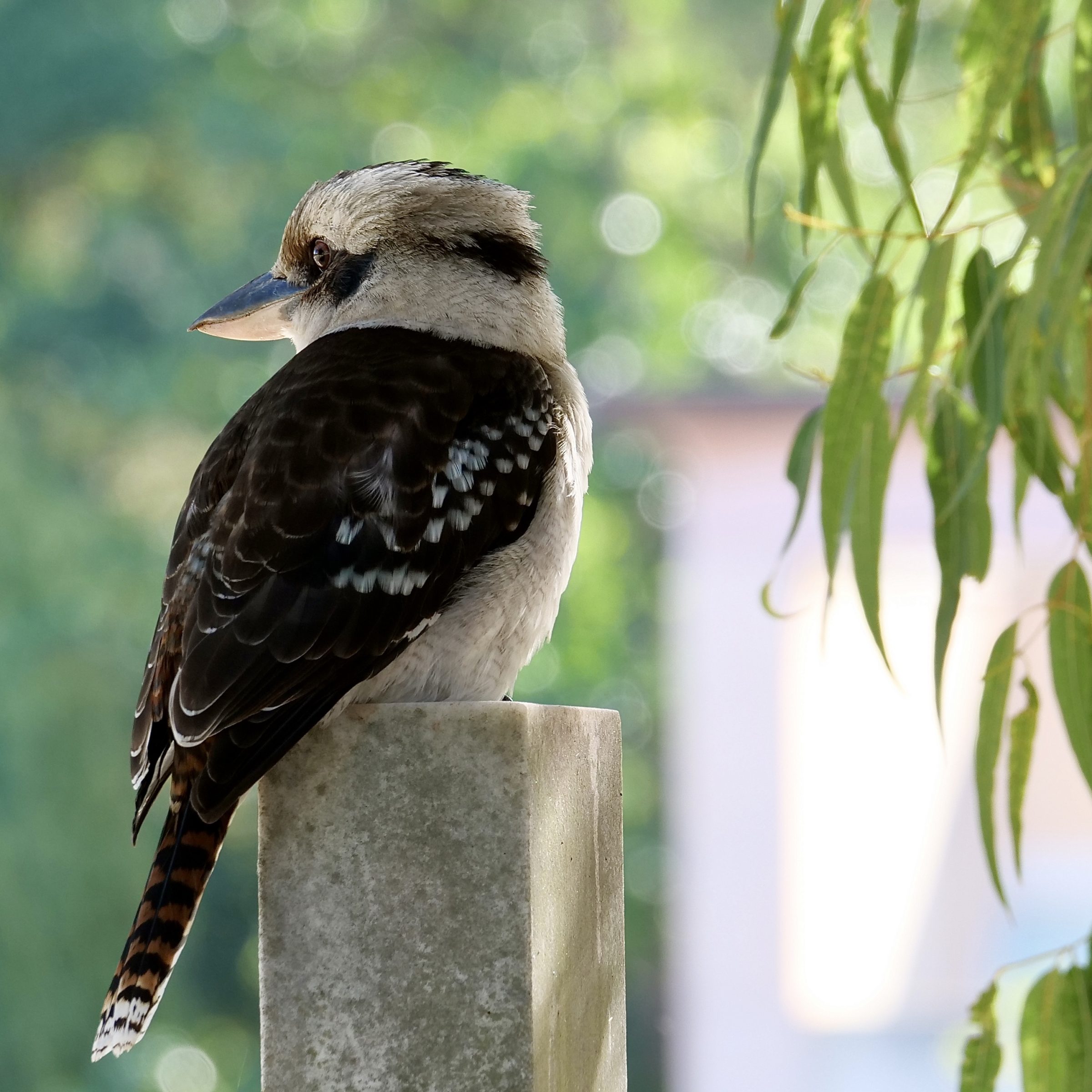This kookaburra, perched on a grave cross, has something in common with most of the humans who have been buried in Perth’s largest cemetery over the past 123 years.
In 2022, most living WA humans do not know what it is; most of them, in fact, have a quite wrong view of kookaburras’ “place” in southwestern Australia.
Most of Western Australia’s 2.8 million resident humans are immigrants, or are descended from humans who arrived in WA less than 196 years ago.
The first of them set foot on Western Australian soil several human generations before any laughing kookaburra did!
Different sources give different dates (usually, either 1896 or 1897, sometimes, 1906) but is was certainly “settler Australians” who brought the world’s largest kingfisher species to Western Australia and to Tasmania.
Ignorance of this is astonishingly widespread; countless WA publications continue to repeat the falsehood that “the laughing kookaburra is native to the south-west of Western Australia”.
Apparently, two things prompted settlers to introduce Dacelo novaeguineae to places it had never previously reached.
Some settlers missed its “merry” call.
Secondly, in WA at least, some of them believed that laughing kookaburras would “control” the “snake problem”.
(kookaburras are among the many “tree kingfisher” species whose members rarely or never fish, and who have no particular need to frequent rivers and lakes)
Sadly, it is probably now too late to establish just exactly how profound an impact kookaburras have had on southwest WA’s indigenous wildlife.
Certainly, these very aggressive, powerful, carnivores have devoured or displaced many native reptiles, small mammals and other birds.
As birdlife Australia has observed, their introduction into Tasmania & southwestern WA is no laughing matter:
they breed in tree hollows that would usually be used by parrots and owls, and they prey on small reptiles, mammals and nestlings, thus placing undue pressure on those creatures.
Kookaburras reached Albany in the 1960s.
In 2020 Esperance saw its first kookaburras; as ABC News reported, a cull was proposed.
To my knowledge, no action was taken, so the invaders probably now have an unshakable grip on the Esperance region, and will probably “conquer” the near-coastal strip, eastward to at least Cape Arid.
Click here for an article that looks at “native” v “introduced” birds in WA’s southwest.
(photo copyright Doug Spencer, taken at 2.10 pm on 1 July 2022)
